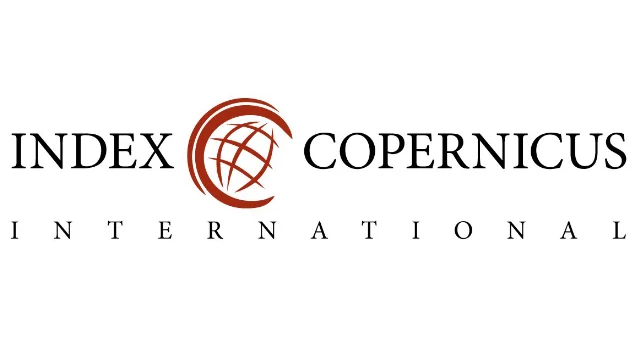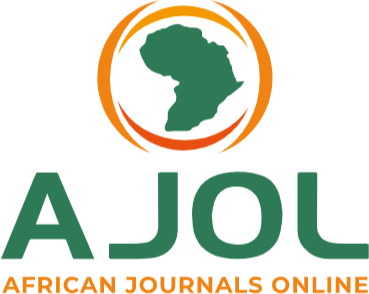Faith, Technology, and Safety: A Theoretical Framework for Religious Leaders Using Artificial Intelligence to Advocate for Gun Violence Prevention
Keywords:
AI-driven advocacy, Faith-Based Advocacy, Gun Violence Prevention, Supervised Learning, Unsupervised Learning, Reinforcement LearningAbstract
Gun violence remains a pressing moral and public health crisis, necessitating innovative approaches to advocacy within faith communities. This conceptual paper explores the potential of artificial intelligence (AI) to enhance the advocacy efforts of religious leaders in combating gun violence. Drawing on social capital theory and techno-ethical frameworks, it examines how AI-driven tools—such as supervised learning for data-driven messaging, unsupervised learning for community trend analysis, reinforcement learning for adaptive advocacy strategies, and hybrid models for comprehensive engagement—can amplify the moral and social influence of religious communities. The study addresses ethical challenges, including privacy concerns, algorithmic bias, and the risk of dehumanizing advocacy efforts, proposing guidelines for responsible AI use. Emerging trends, such as federated learning and explainable AI (XAI), are explored as future directions for faith-based advocacy. Regulatory frameworks, including data protection laws and ethical AI standards, are considered for their role in ensuring equitable and transparent technology adoption. This article provides a theoretical foundation for researchers, religious leaders, and policymakers to advance AI-driven advocacy, offering recommendations to align technology with faith-based values in the pursuit of safer communities.
Downloads
Published
Issue
Section
Similar Articles
- Ola-Buraimo Abdulrazaq Olatunji, Umar Hamida, Geochemical Properties of Kalambaina Formation: Implication on Limestone and Marlstone Qualities for Industrial Uses, Sokoto Basin, Nigeria , Communication In Physical Sciences: Vol. 11 No. 4 (2024): VOLUME 11 ISSUE 4
- Ase M. Esabai, Edikan E. Akpanibah, Sylvanus K. Samaila, On Investment Model for a CARA Pension Scheme Member with Return of Contributions Clause for Mortgage Housing Scheme , Communication In Physical Sciences: Vol. 11 No. 3 (2024): VOLUME 11 ISSUE 3
- Godwin J. Udo, Usoro M. Etesin, Joachim J. Awaka-Ama, Aniedi E. Nyong, Emaime J. Uwanta, GCMS and FTIR Spectroscopy Characterization of Luffa Cylindrica Seed Oil and Biodiesel Produced from the oil , Communication In Physical Sciences: Vol. 5 No. 3 (2020): VOLUME 5 ISSUE 3
- Kamfa A. Salisu, Mustapha Muhammad Sani, Bashir Umar, Straight Line Solutions and their Stability of Libration Points with Oblateness Primaries and Circumbinary Disc in the Elliptic R3BP , Communication In Physical Sciences: Vol. 12 No. 3 (2025): VOLUME 12 ISSUE 3
- Hauwa, I. Muhammad, Monday Musah, Sheriff Abdulfatai, Heavy Metal Concentrations in Various Species of Onion Bulbs in (Allium Spp.) Lapai Market, Niger State, Nigeria , Communication In Physical Sciences: Vol. 7 No. 2 (2021): VOLUME 7 ISSUE 2
- Thomas Ndidi Asiwe, Idongesit Bassey Anweting, Atim Sunday Johnson, Nzikahyel Simon, Solomon Enejo Shaibu, Eco-Friendly Synthesis and Characterization of Silver and Zinc Nanoparticles Using Aqueous Extract from the Bark of Antiaris toxicaria , Communication In Physical Sciences: Vol. 12 No. 1 (2024): VOLUME 12 ISSUE 1
- Kantoma, Dogara , Nwokem, Calvin Onyedika, Zakka Israila Yashim, Zaharaddeen Nasiru Garba, Green Synthesis of Silver Nanoparticles(AgNPs) using Calotropis procera Leaves Extract and it Adsorption Properties for the Removal of Cr3+ from Petroleum Waste Water , Communication In Physical Sciences: Vol. 10 No. 3 (2023): VOLUME 10 ISSUE 3 (2023-2024)
- Ahmad Rufai Bala, Abdullahi Sahal , Phytochemical Screening and Anti-microbial Properties of Herbal Medicines used for Treatment of Typhoid and Bacterial/Viral Infection in Kaduna State , Communication In Physical Sciences: Vol. 11 No. 1 (2024): VOLUME 11 ISSUE 1
- Nwokem, Calvin Onyedika, Kantoma, Dogara , Zakka Israila Yashim , Zaharaddeen Nasiru Garba, Kinetic and Thermodynamic Studies on Adsorption of Pb2+ and Cr3+ from Petroleum Refinery Wastewater using Linde Type a Zeolite Nanoparticle. , Communication In Physical Sciences: Vol. 10 No. 3 (2023): VOLUME 10 ISSUE 3 (2023-2024)
- Naziru Imam, Isreal I. Omoniyi, Paul Ameh, Study of the Functional Groups Associated with the Corrosion Inhibition of Stainless Steel Arch Bar in Acidic Medium by Khaya Grandifolia Gum Exudate , Communication In Physical Sciences: Vol. 7 No. 4 (2021): VOLUME 7 ISSUE 4
You may also start an advanced similarity search for this article.




